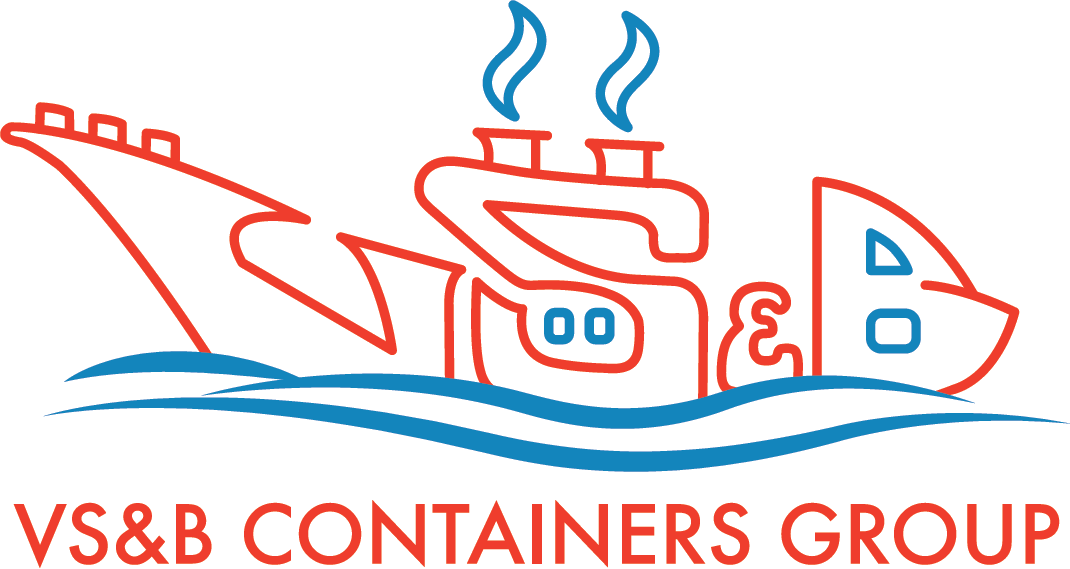An Officer on Watch (OOW) is a deck officer delegated the job of watch-keeping and navigation from a ship’s “bridge”. Situated at the top of a vessel is the ‘bridge’ which is also known as the Command Centre, and from where all communication is transmitted and received. While keeping a watch from the bridge, the Officer on Watch functions as a representative of the ship’s master and is accountable for the safe navigation of the ship.
22 July 2021
Operational discharges from sea-going vessels are one source of oil spills in the oceans. Indiscriminate release of waste oil and water without complying with the required regulations is the principal cause of this form of environmental pollution in the seas.
19 July 2021
The International Chamber of Shipping estimates that there are approximately 1.6 million seafarers serving in merchant ships. The IMO stated that international travel restrictions imposed by the continuing Covid-19 pandemic affected countless seafarers who, even after the expiry of their current contracts, cannot leave their ships to fly back home, while many others are not able to renew their job contracts to start a new voyage. It would not be an overstatement to say that seafarers are the unsung heroes of the Covid-19 pandemic the world is passing through.
7 July 2021
Every year, insurance companies spend significant sums of money to settle wet-cargo damage claims from shippers. Water-entry into the cargo hold of ships and the resultant damage is one of the main causes. The right application of weather-tight steel covers, known as “Hatch Covers” plays a critical role in the protection of cargo from the ingress of water.
30 June 2021
A “Vessel Traffic Service” (VTS) is a shore-based marine traffic management system implemented by a competent authority to monitor vessels in real-time to enable the safe and smooth management of traffic in a specified maritime area. It performs tasks similar to air traffic control systems for aircraft. VTS checks the position of vessels and detects situations that pose danger to the vessel crew and the environment. VTS aims to improve the safety of navigation in and around the ports and its approaches. It is governed by SOLAS (Safety of Life at Sea) Chapter V Regulation 12 along with the guidelines for Vessel Traffic Services, and came into force on 1 July 2002.
18 June 2021
The shipping industry, which is the mainstay of world trade and commerce, is no exception to the new trends happening in the world. They are at the forefront of adopting state-of-the-art technologies and resources to stay competitive and meet the demands of a flourishing consumer class population which is benefitting enormously from globalization. International shipping has helped open up the world economy, enabling the unrestricted movement and exchange of commodities among nations. It’s a gigantic and complex industry ever under pressure to exploit the new digital technologies, raw materials and fuels.
13 June 2021
Container Ramp is a levelling device used to make way for the height difference between a storage place (warehouse or building) and a transporting vehicle or shipping container. It creates a smooth passage for forklift trucks to carry cargo on and off the containers and loading bays. We commonly come across ramps in and around warehouses, shipping and locomotive yards. Ramps compensate for the height difference and the horizontal gap between the container and the loading bay in such a way that forklift trucks and pallet jacks can move in and out of the containers with goods safely, eliminating the need to fix a permanently raised structure. It also benefits in places having no loading bays, and the ramps act as an ascending bridge between the ground and the floor of the container.
3 June 2021
We are all rather familiar with the appearance, dimensions and uses of the standard dry shipping containers and reefers. As we know, standard containers are closed on all sides and equipped with a door on the front side.
But wouldn’t you be interested to know that there’s yet another type of container called “Flat Rack Containers”?
29 May 2021
In 2019, the shipping industry carried 226 million containers across the globe with cargo valued at over US$4 trillion. It’s interesting to observe that between 2008 and 2019, on average1382 containers, sank into the sea every year due to stack collapses. This brings us to the question – What causes container collapses, and how can we exercise better control over such incidents?
27 May 2021
Think of a scenario where a container owner places his empty containers at another location without having to incur the usual freight charges that would apply for empty container repositioning. Will this not sound profitable to the container owner? Well, this is indeed what is achievable when a container-owning company transports containers as “One-way containers” and “One-trip containers” to other locations. Let’s go a little deep to understand how this works.











